Project 28 Malta
19 December 16
Posted at 4:24
Malta is the 7th country I visited for Project 28. Valletta is my chosen town. The first seven towns I visited for Project28 I had never visited previously however I have been to Valletta twice before, both times in the early seventies, so in theory I had some knowledge of the place albeit a long time ago. Malta is also a place I grew up hearing a lot about. My Dad used to often speak of the time he spent there whilst serving in the Royal Navy, he talked of Strait Street, known as The Gut, the street the sailors headed for when their ship was in port. So imagine my surprise when I realised my AirBnB room was above a bar in Strait Street.
Malta became part of the British Empire in 1814 and remained so until independence in 1964 (although the Queen remained Head of State) and then became a republic in 1974.
Malta received the George Cross for the part it played in WW2 during the what became known as The Siege of Malta.
Malta joined the EU on May 1st 2004 and the Eurozone in January 2008.
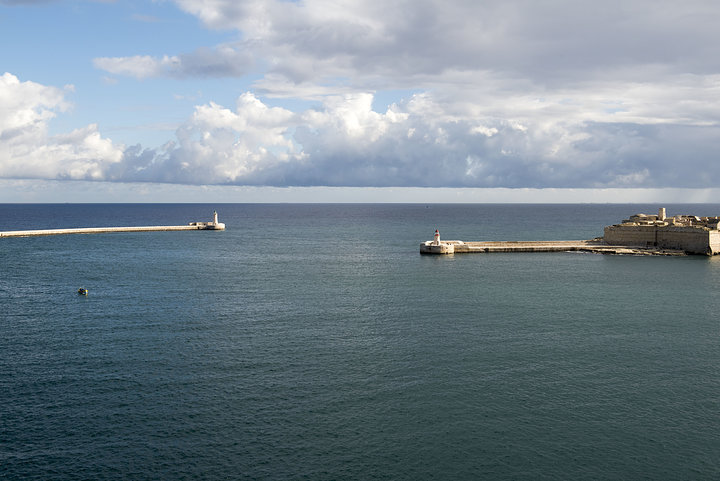
Malta is an island (one of three I will visit for Project28), its history, economy and people are dominated by the sea, ships and sailing. Valletta's Grand Harbour is an iconic destination for generations of sailors and cruise ship passengers.
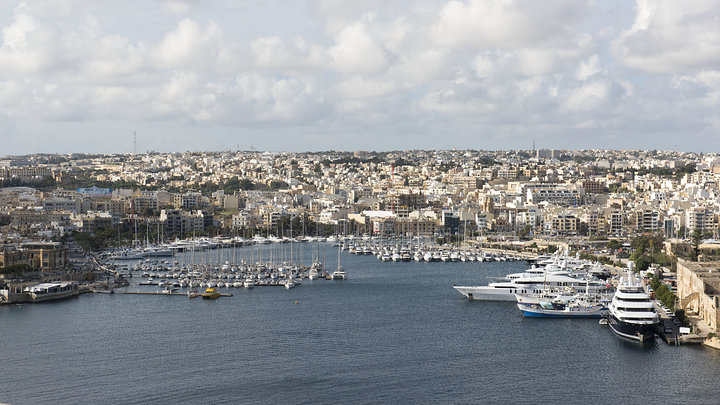
Look in any direct from either side of Valletta and this will be what you are likely to see.
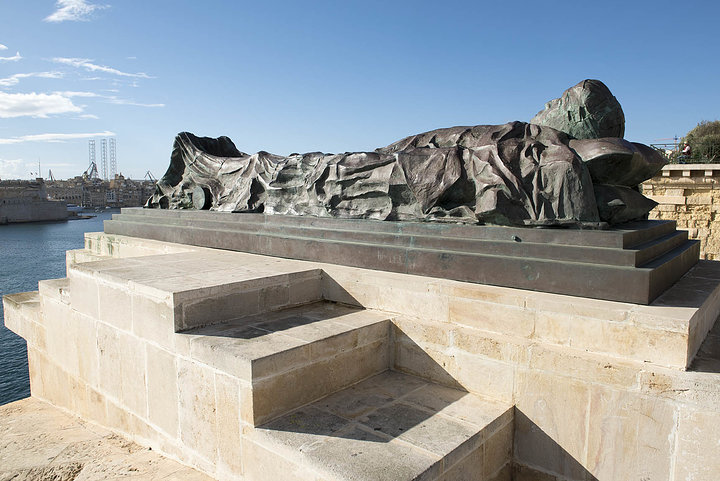
Valletta is on a peninsular on the east coast of Malta. On the South East point of that peninsular just inside the harbour entrance is the Siege Bell Memorial and the recumbent figure facing out to see in memory of all those who perished in the Siege of Malta 1940 - 1943.
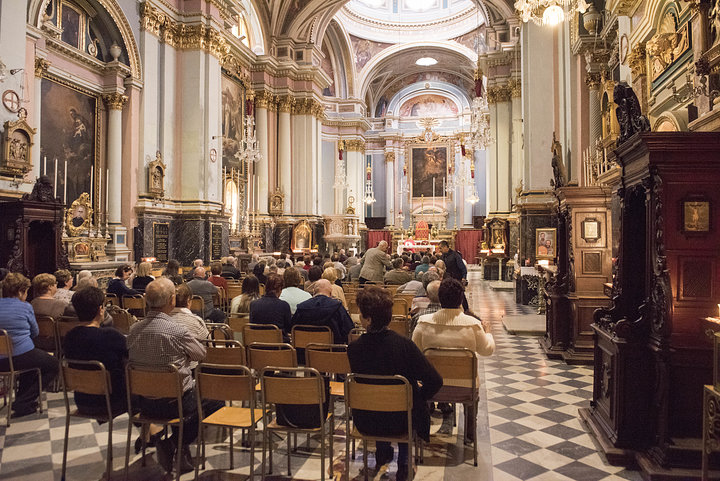
Malta is a catholic country. Masses have large congregations throughout the week, not just on Sundays.
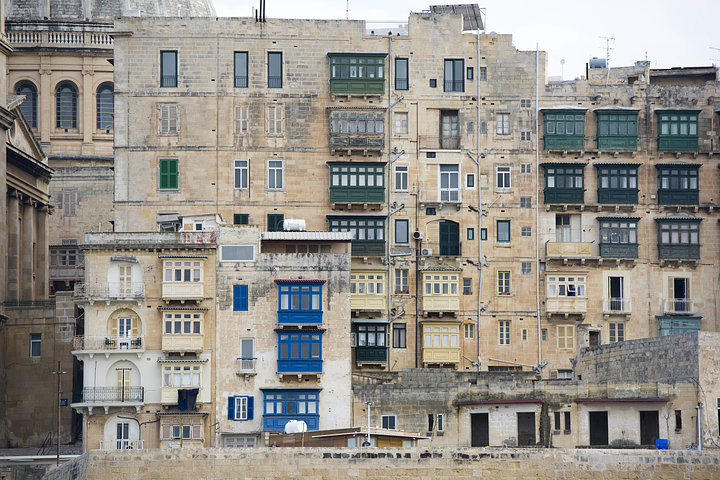
These wooden balconies are abundant in Valletta and indeed throughout Malta. They became fashionable in the mid eighteenth century. Green became a popular colour introduced and favoured by the British.
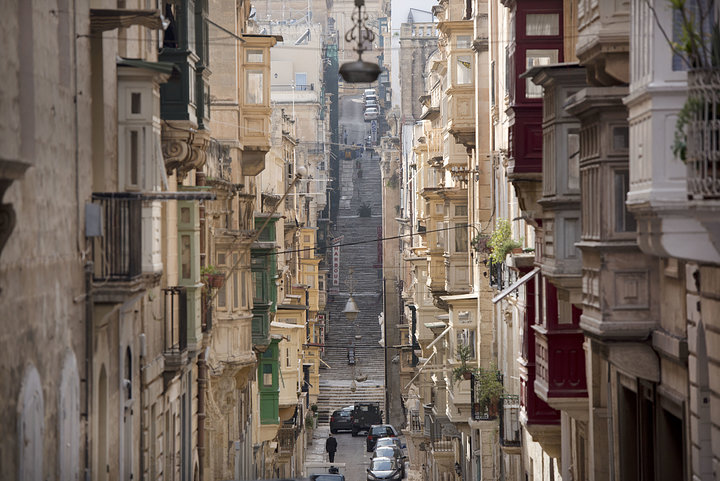
A typical narrow undulating street in Valletta with popular wooden balconies populating both sides of the street.
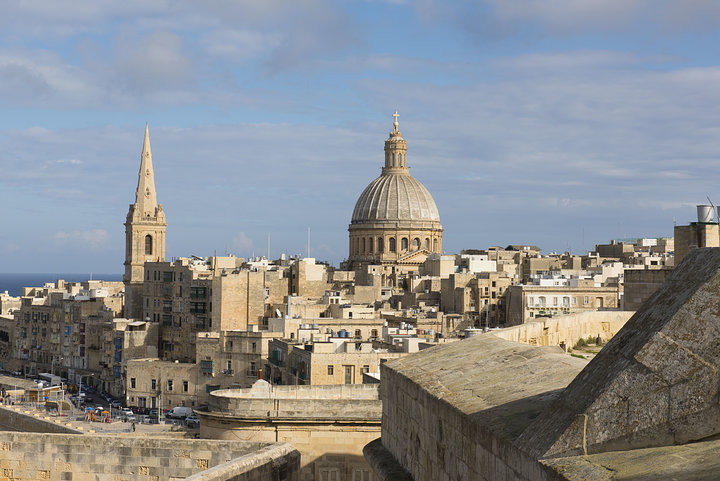
One of Valletta's iconic views. The stone along with churches on the skyline typify Valletta.
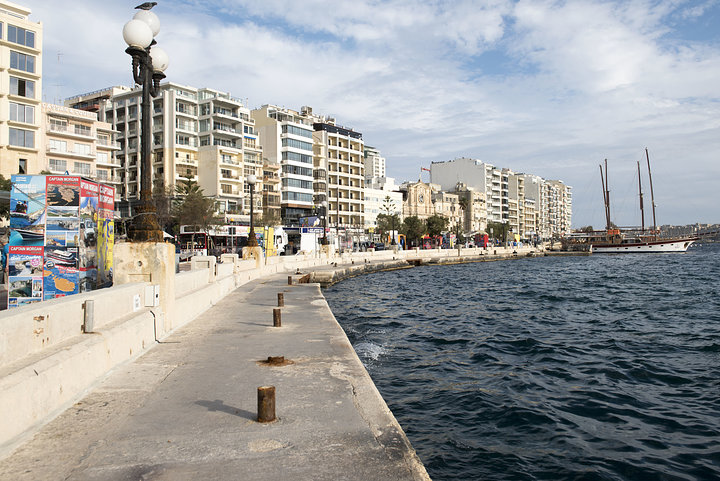
Sliema, a short boat ride across Marsamxett Harbour, along with St Juliens, is today like an extension of Valletta.
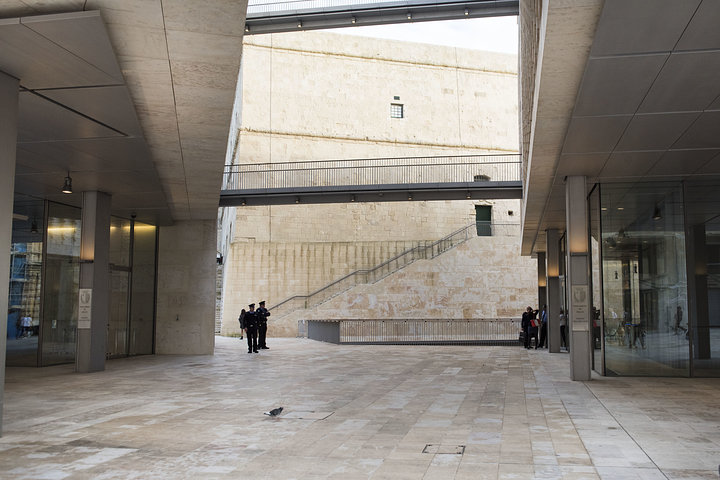
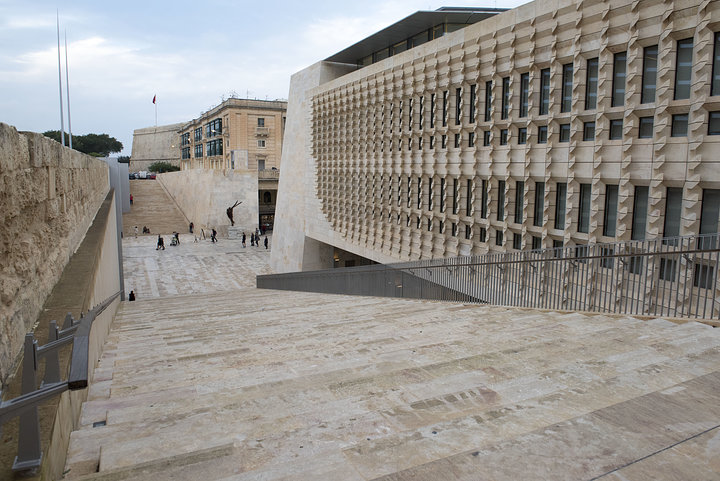
Enter through the city gate and Freedom Square lays ahead and to the right is the new Parliament Building.
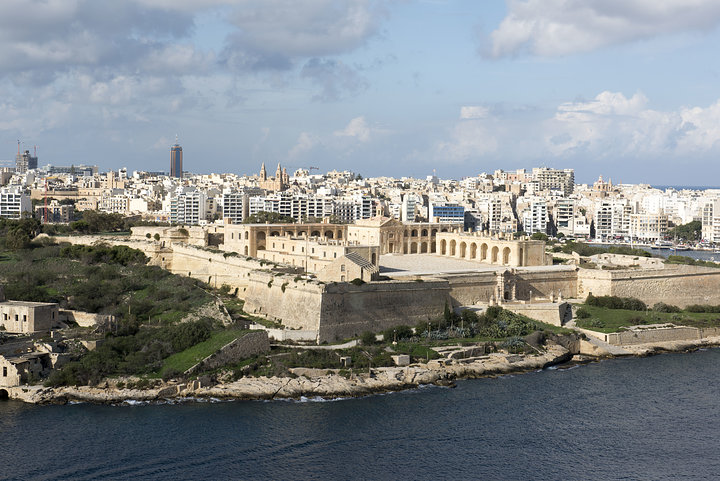
Manoel Island lies across Masamxett harbour. The fort on the island remains the subject of a 16 year ongoing dispute regarding public access which is currently prohibited.
Malta's economy is dependent on tourism, a freight transit point and increasingly competing with Ireland and Luxembourg in cross border fund administration. There is also a growing business of film production with incentives being offered to film makers. The Maltese are still close to the British with Britons making up a high percentage of of non- Maltese. The population has tripled over the last 100 years and although the smallest population of any EU state Malta has the highest density of population in the EU in fact one of the highest in the world.